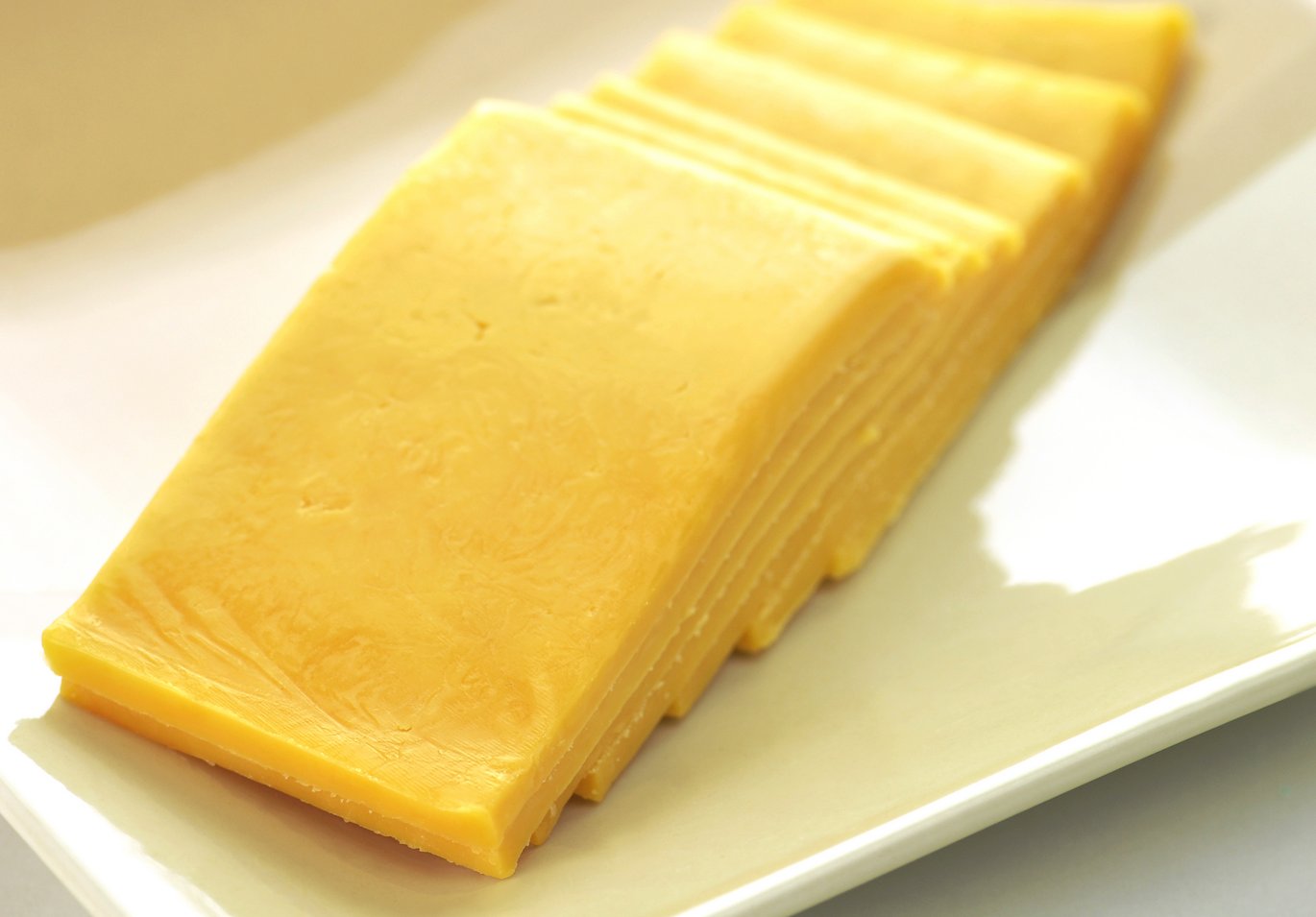Why do foods with the red colorant norbixin fade?
The seeds from the exotic annatto tree contain the red colorant norbixin, which can be used to add color to a wide range of foods, including cheddar cheese, but the color tends to fade. Researchers from the Department of Food Science, Aarhus University have now come closer to understanding the mechanisms behind the loss of color. This has been done in collaboration with the ingredient company Chr. Hansen.

The red seeds from the fruit of the annatto tree have been used for centuries to color food, hair and skin. The seeds contain the red fat-soluble colorant bixin and the water-soluble version norbixin, both of which belong to the pigment group of carotenoids.
Today, the natural colorants are used primarily to add color to a wide range of foods, such as dairy products like cheddar cheese. However, it is associated with challenges for the food technology:
- Both consumers and industry have a strong wish to replace artificial colorants with a natural alternative, and the use of the colorful seeds from the annatto tree is a good solution. Norbixin is also one of the most widely used natural colorants in the food industry thanks to its water-soluble properties, which make it more suitable in several types of food than bixin. However, the color is more likely to fade when compared to artificial colorants. In order to be able to do something about it, we need to understand the mechanisms behind the fading, says Anders Hauer Møller, postdoc at the Department of Food Science.
In collaboration with the ingredient company Chr. Hansen, researchers from the research group Food Chemistry and Technology at the Department of Food Science have focused on the problem - and the efforts have provided exciting results.
Chain mechanisms may be involved
Using highly sensitive mass spectrometry equipment, researchers now have a better idea of how norbixin behaves:
- We have identified a number of chemical compounds that have been created during storage of norbixin in aqueous solutions. These compounds can be divided into two groups: compounds with lower mass than norbixin and compounds with higher mass than norbixin - that is, degradation products and oxidation products, and it is the latter that are really interesting in this context, says Anders Hauer Møller, and elaborates:
- In previous studies of carotenoids, the research has often only found single oxidation products, but in our study, we have been able to detect norbixin with many oxidations. We therefore hypothesize that the oxidation of norbixin involves a chain reaction mechanism, where the oxidation is initiated on one norbixin, which then reacts further with a new norbixin, or perhaps the same norbixin, and so on. This is completely new knowledge.
The researchers examined samples stored in light and in the dark:
- To our surprise, we do not see any major differences in the oxidation products found in the different samples. However, we can see that light accelerates the process in which oxidation products are formed. We have also investigated whether reactive oxygen species initiate the chain reaction, but it does not seem to be the case, says Anders Hauer Møller.
Vitamin E can slow the oxidation
The researchers already have an idea of how to stop the chain reactions that take place during oxidation:
- Once the chain reaction is started, something needs to be done to stop it. From previous studies, we know that Vitamin E is an effective chain-breaking antioxidant. Therefore, it might give a good effect to add Vitamin E in foods with norbixin, says Anders Hauer Møller.
| Research facts | |
|---|---|
| Collaboration partners | The Science Team Food Chemistry & Technology, Department of Food Science, Aarhus University Chr. Hansen Natural Colors A/S About the Science Team Food Chemistry & Technology The Science Team performs research on food chemistry and technology, including the quality of raw materials/food in relation to production, processing, packaging and storage of foods. The research results comprise characterization of animal- and plant-based protein, carbohydrates and lipids for food, as well as changes related to production, processing and storage. The research includes the development of new ingredients and the use of new protein sources. Key areas are lipid and protein chemistry (including proteomics and peptidomics), enzymes, structure and functionality of protein and lipid networks, oxidative stability, pigments, ingredients and content of health promoting and bioactive compounds, texture and rheology, as well as current and emerging technologies for food processing and their influence on the food matrix. |
| Funding | Undersøgelsen er en del af Annatto-projektet, der er finansieret af Innovationsfonden og Aarhus Universitet. |
| Conflicts of interest | The study is part of the Annatto project, which is funded by the Innovation Fund Denmark and Aarhus University. |
| Read more | You can read more about the study in the scientific article ”Mechanism behind the degradation of aqueous norbixin upon storage in light and dark environment” by Anders Hauer Møller, Amita Jahangiri, Marianne Danielsen, Bjørn Madsen, Bjarne Jørnsgård, Signe Værbak, Marianne Hammershøj and Trine Kastrup Dalsgaard. Bjørn Madsen, Bjarne Jørnsgård and Signe Værbak are from Chr. Hansen. |
| Contact | Anders Hauer Møller, Postdoc, Department of Food Science, Aarhus University, e-mail: anders.hauer.moeller@food.au.dk - phone +45 22360804 |
